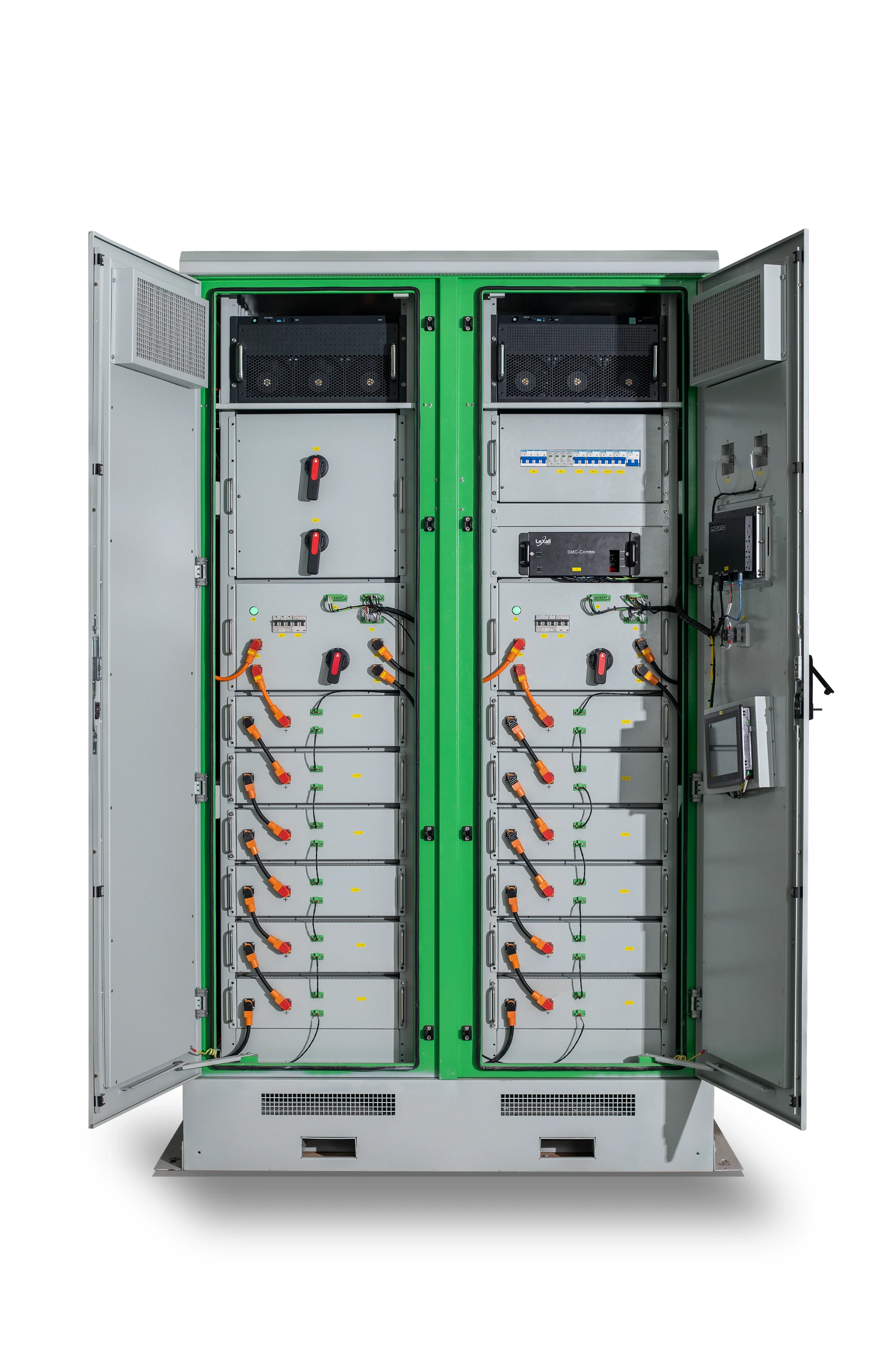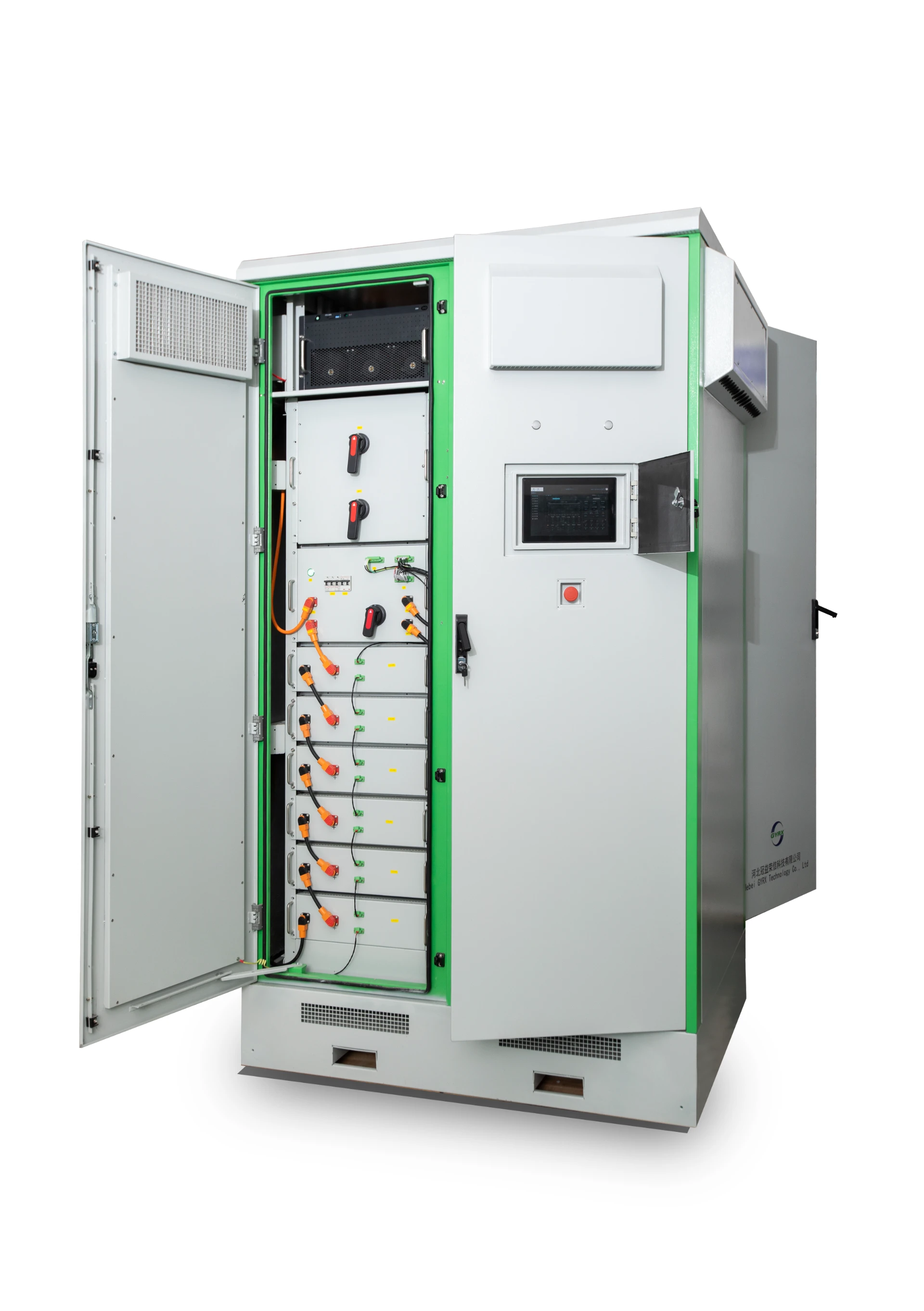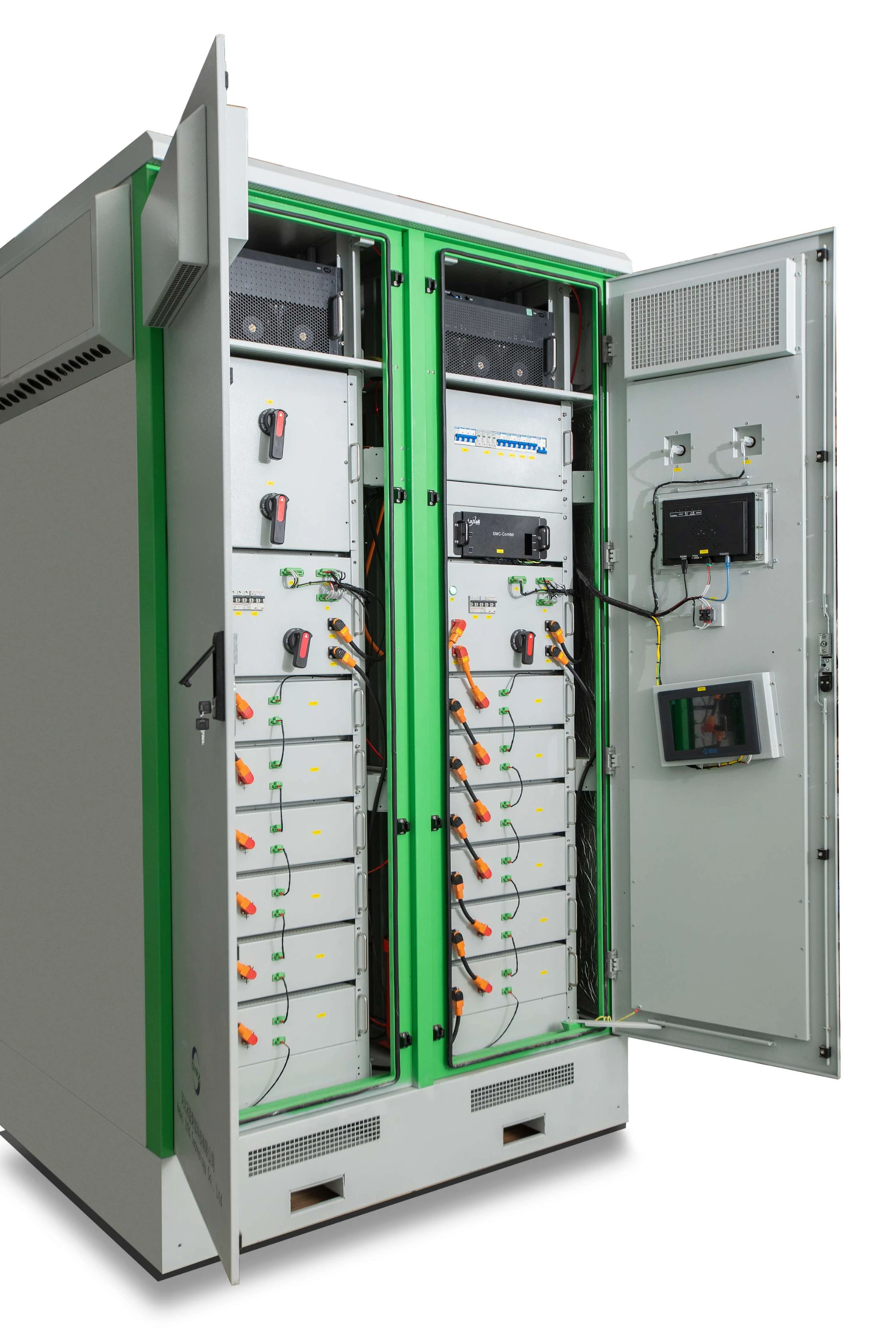
Juil . 20, 2025 22:01 Back to list
Self-Cooling-PW-164: Advanced Automatic Cooling Motor Technology
The renewable energy sector is witnessing unprecedented growth, with the global energy storage market projected to reach $546 billion by 2035 according to BloombergNEF. At the forefront of this revolution is Suzhou ACDC's breakthrough innovation: the Self-Cooling-PW-164, a next-generation Outdoor Distributed Energy Storage Cabinet-Power Type solution. This comprehensive analysis explores the cutting-edge technology and far-reaching applications of this advanced energy storage system.
Product Spotlight: The Self-Cooling-PW-164 is engineered for resilience in extreme outdoor environments, featuring passive cooling technology that eliminates external power requirements for thermal management. With industry-leading energy density and intelligent battery management, it delivers reliable power continuity for commercial, industrial, and grid applications.
Industry Evolution Toward Distributed Energy Systems
The transition toward decentralized energy infrastructure represents a paradigm shift in power management strategies. According to a recent International Energy Agency report, distributed energy storage installations are projected to increase by 400% over the next five years. The Self-Cooling-PW-164 addresses three critical industry requirements:
Operational Efficiency
By eliminating active cooling components, energy consumption is reduced by up to 20% compared to conventional systems, significantly lowering operational costs over the system lifespan.
Climate Resilience
Tested in extreme environments ranging from -30°C to +55°C, the cabinet maintains consistent performance without supplemental thermal management.
Reduced Maintenance
With no moving parts in the cooling system, maintenance requirements decrease by approximately 35% compared to actively cooled alternatives.
Technical Specifications Overview
The Self-Cooling-PW-164 incorporates multiple patented technologies that achieve industry benchmarks for energy density and operational reliability. Key engineering innovations include phase-change material integration within the battery modules and advanced cell-level thermal monitoring.
| Parameter | Specification | Industry Standard | Benefit |
|---|---|---|---|
| Energy Capacity | 164 kWh | 100-150 kWh | Higher energy density in compact footprint |
| Efficiency (Round-trip) | 96.5% | 92-94% | Reduced energy loss during charge/discharge cycles |
| Operating Temperature Range | -30°C to +55°C | -20°C to +45°C | Extended operational range without derating |
| Thermal Management | Passive Self-Cooling | Active Air/Liquid Cooling | Zero auxiliary power consumption |
| Cycle Life | 8,000 cycles (at 80% DoD) | 6,000 cycles | Extended service life > 15 years |
| IP Rating | IP55 | IP54 | Enhanced protection against dust/water ingress |
| Response Time | <100ms | 200-500ms | Faster grid support functionality |



Comparative Performance Analysis
Efficiency Trends Over Operating Range
Application Scenarios for Energy Infrastructure
The deployment flexibility of the Self-Cooling-PW-164 enables diverse implementation scenarios:
Commercial & Industrial
As analyzed by the Energy Storage Association, peak shaving applications can reduce commercial electricity costs by 30-50%. The Self-Cooling-PW-164 enables:
- Demand charge reduction for manufacturing facilities
- Backup power during grid outages with seamless transition
- Renewable energy time-shifting for solar-powered operations
Utility & Grid Support
IEEE Power & Energy Society research confirms that distributed storage solutions enhance grid resilience through:
- Frequency regulation for transmission systems
- Voltage support at distribution endpoints
- Substation capacity deferral in constrained networks
Renewable Integration
When paired with solar installations, the Self-Cooling-PW-164 increases renewable utilization rates by 15-25% according to NREL field studies, effectively overcoming intermittency challenges.
Technological Innovation
The thermal management system represents a fundamental redesign of conventional approaches. Instead of active cooling components, the cabinet utilizes:
- Phase-change material (PCM) integrated at the battery module level
- Computational fluid dynamics-optimized heat dissipation pathways
- Thermal runaway prevention architecture with multi-stage protection
- Ambient-adaptive insulation properties that adjust to environmental conditions
This innovation earned the Self-Cooling-PW-164 recognition at the 2023 International Energy Storage Innovation Awards.
Installation and Compliance Standards
The Self-Cooling-PW-164 complies with rigorous international standards including:
- IEC 62933 Electrical Energy Storage Systems
- UL 9540 Energy Storage Systems Safety
- UN 38.3 Transportation Testing
- IEEE 1547 Grid Interconnection
- NFPA 855 Fire Safety Standard
Installation requires concrete foundation preparation (minimum 150mm thickness), clear access areas for ventilation, and compliance with local electrical codes. Typical commissioning time is 2-3 days for complete operational readiness.
Technical Expertise FAQ
Q1: What battery chemistry does the Self-Cooling-PW-164 utilize?
A: The system employs LFP (Lithium Iron Phosphate) chemistry, selected for its thermal stability, long cycle life, and cobalt-free composition. The specific configuration uses prismatic cells with proprietary electrode formulation.
Q2: How does the passive thermal management achieve such wide operating temperatures?
A: Through a combination of phase-change materials that absorb/release heat at critical temperature thresholds and advanced cabinet thermodynamics that leverage natural convection principles.
Q3: What monitoring capabilities does the system include?
A: Comprehensive monitoring includes cell-level voltage, temperature, and impedance tracking with predictive analytics for state-of-health assessment through cloud-based platforms with API integration.
Q4: Are there specific installation orientation requirements?
A: The cabinet is designed for vertical installation on level surfaces with 200mm minimum clearance on all vented surfaces. No orientation restrictions beyond these clearance requirements.
Q5: What grid connectivity interfaces are supported?
A: Standard interfaces include Modbus TCP, CAN 2.0B, and RS485, with optional protocols such as DNP3, IEC 61850, and SunSpec available for utility-scale applications.
Q6: What maintenance procedures are required?
A: Semi-annual inspections including terminal torque verification, dust filtration examination, and connection integrity checks. All maintenance procedures documented in the installation manual.
Q7: How is thermal runaway protection implemented?
A: Four-tier protection: (1) Cell-level fusing (2) Module-level thermal barriers (3) Cabinet-level smoke/heat detection (4) External fire suppression interface with automatic disconnect.
Economic Analysis
Lifecycle cost analysis shows compelling return on investment:
Key financial advantages stem from reduced auxiliary power consumption (average saving 12.4 kWh daily) and lower maintenance requirements (estimated savings of $1,200 annually). In California commercial rate structures, demand charge management can yield 24-month payback periods according to Lawrence Berkeley National Laboratory studies.
Future Development Roadmap
Suzhou ACDC's R&D division is advancing three key technological enhancements:
- Bidirectional V2G (Vehicle-to-Grid) compatibility for future EV integration
- Blockchain-enabled energy trading platform interface
- AI-powered predictive maintenance algorithms for enhanced reliability
These advancements will further establish the Self-Cooling-PW-164 as the reference solution in distributed energy storage systems.
Academic References:
1. Chen, L. et al. (2023). "Passive Thermal Management Solutions for Outdoor Energy Storage." Journal of Power Sources, 582, 233-245. https://doi.org/10.1016/j.jpowsour.2023.233545
2. International Energy Storage Association. (2023). "Global Standards for Distributed Storage Systems." White Paper No. 17. https://www.energystorage.org/white-papers/wp17
3. Rodriguez, M. & Thompson, K. (2024). "Economic Analysis of Outdoor ESS Deployments in Commercial Applications." Renewable Energy Focus, 46, 87-102. https://doi.org/10.1016/j.ref.2023.12.004
For detailed product specifications and technical documentation:
Visit the Official Self-Cooling-PW-164 Product Page
Suzhou ACDC New Energy Technology Co., LTD.
Email: beika@acdctech.com.cn | Phone: +86 13 2851 82182
This is the last article
-
Self-Cooling-PW-164: Advanced Automatic Cooling Motor Technology
NewsJul.20,2025
-
Energy Management System Optimize Energy Use & Save Costs
NewsJul.20,2025
-
High-Efficiency Microinverter Solutions Top Microinverter Suppliers & Exporters
NewsJul.08,2025
-
Top Energy Storage Companies Leading Utility Scale & Long Duration Solutions
NewsJul.08,2025
-
Charge Point Charger - Reliable Charging Solutions for EVs Leading Charge Point Charger Company & Exporters
NewsJul.07,2025
-
Types of Battery Energy Storage Systems - Leading Products & Exporters Company
NewsJul.07,2025























